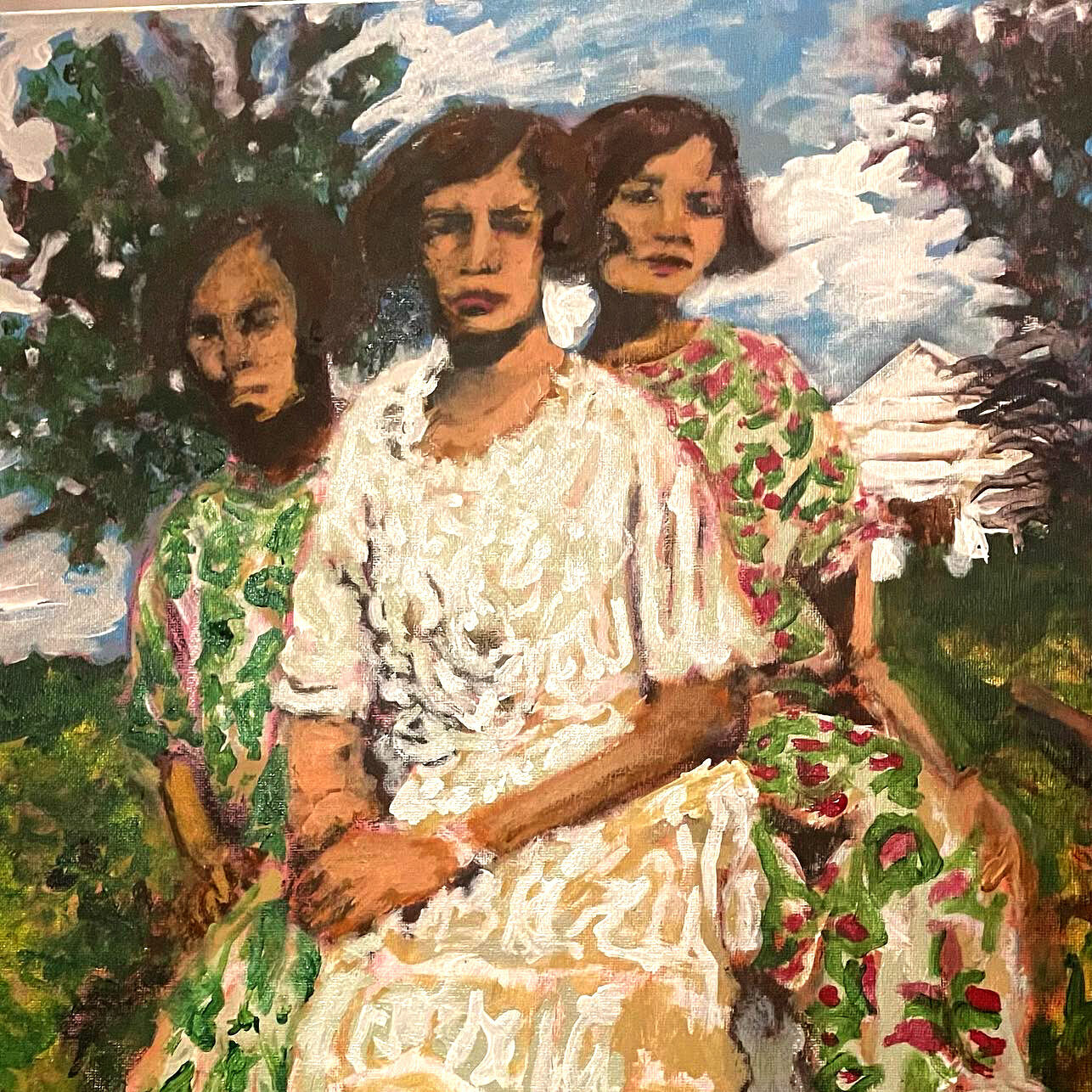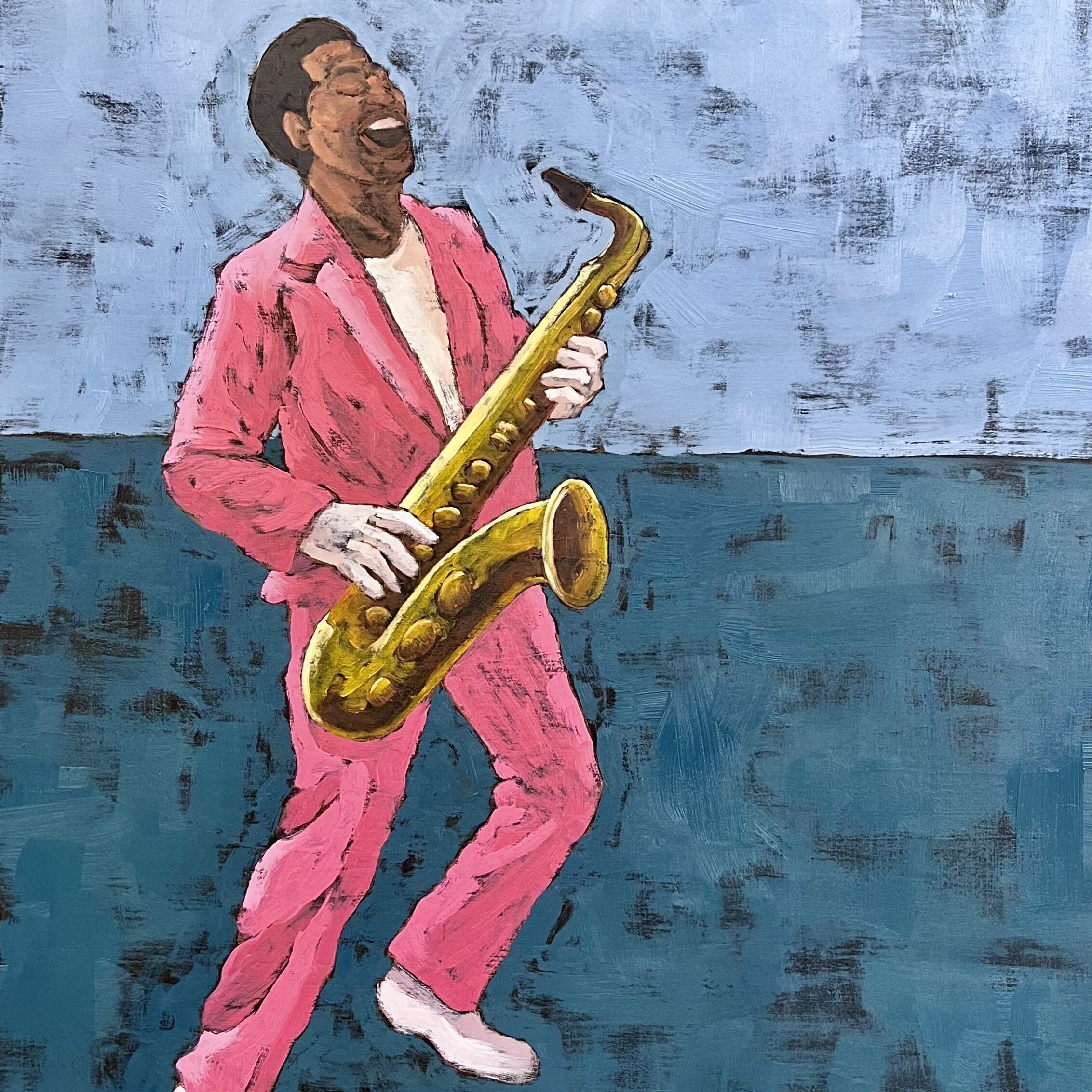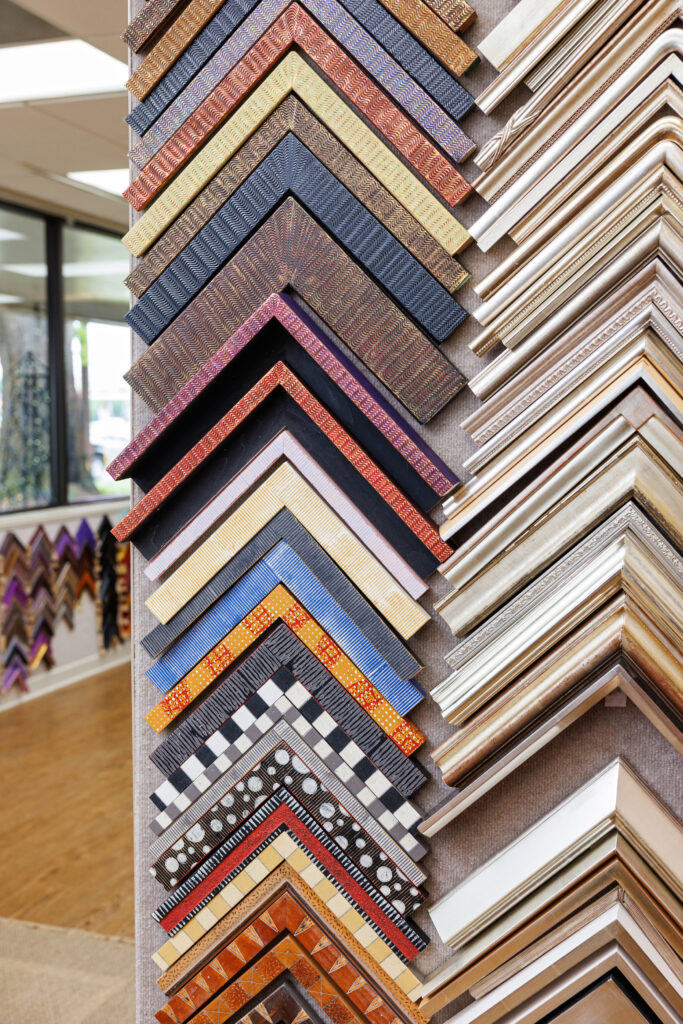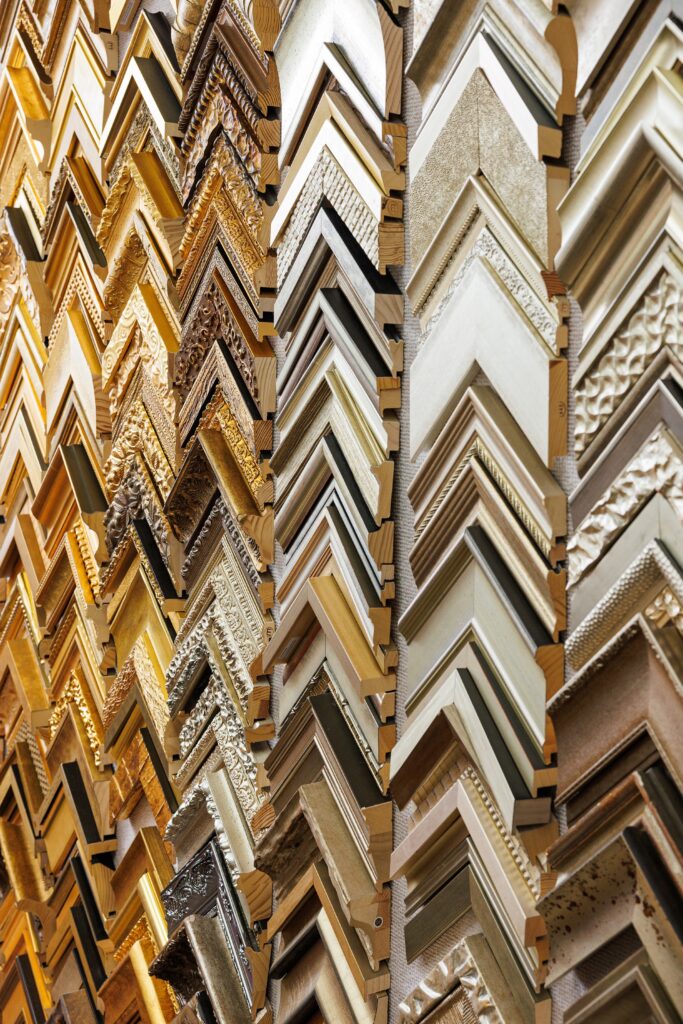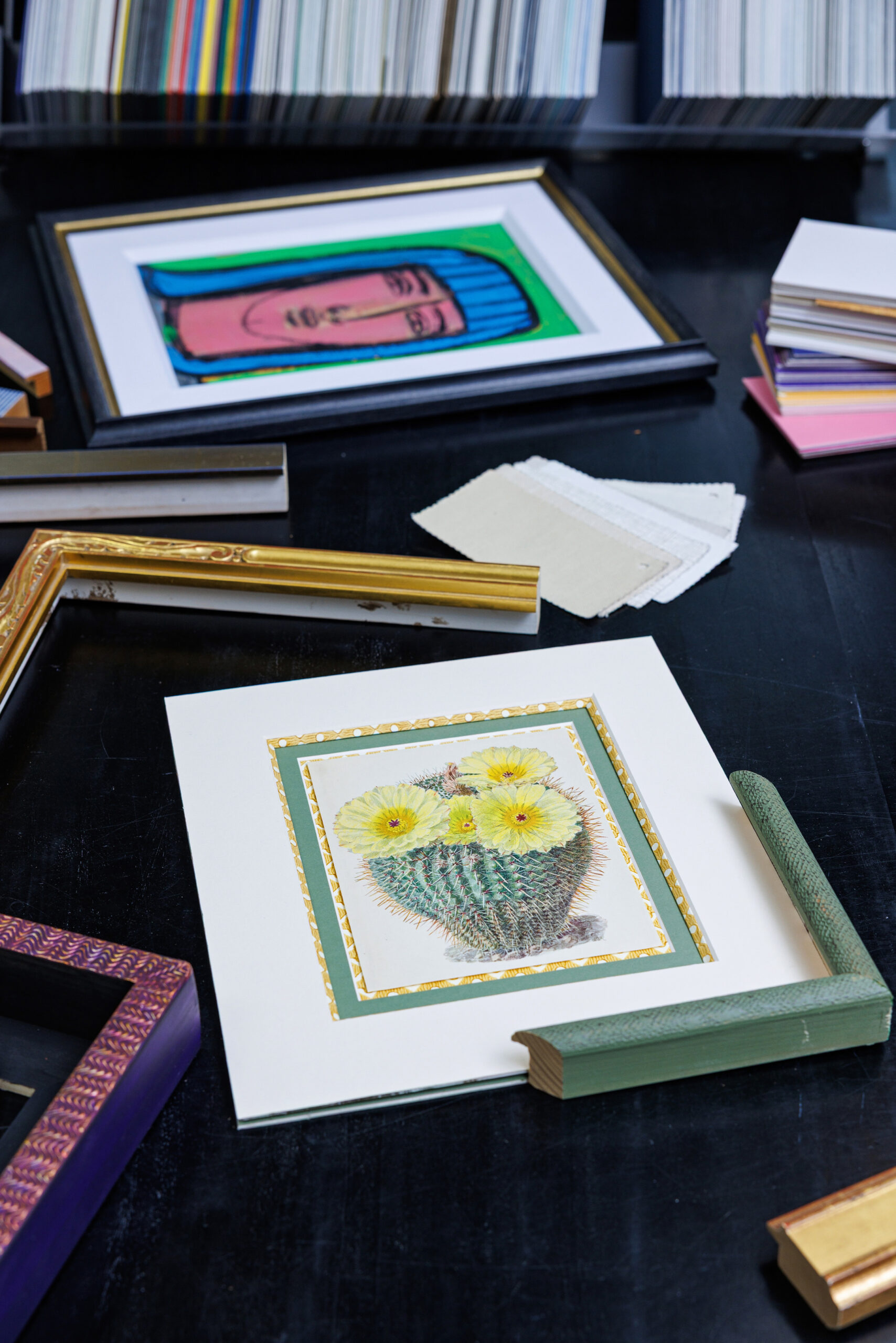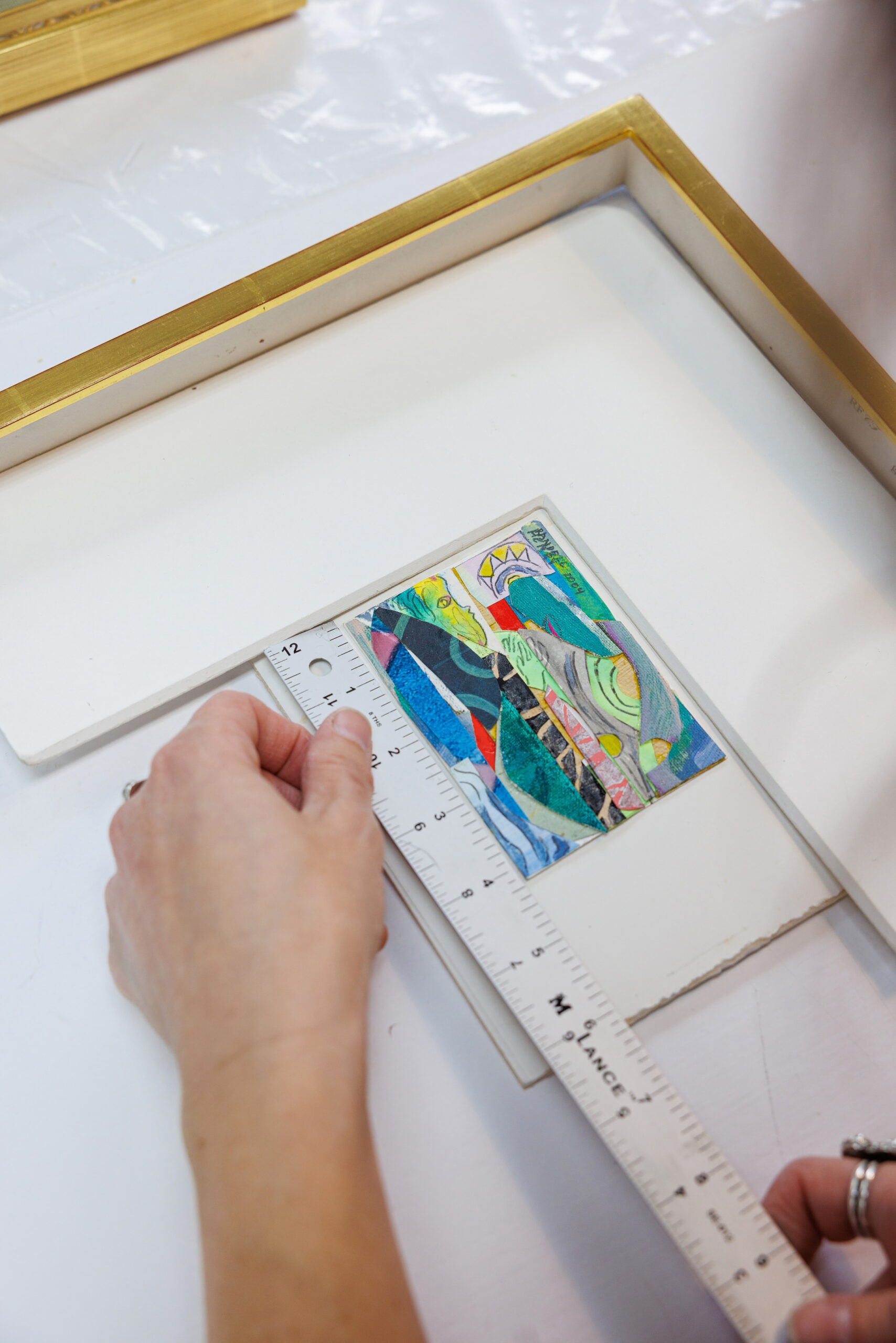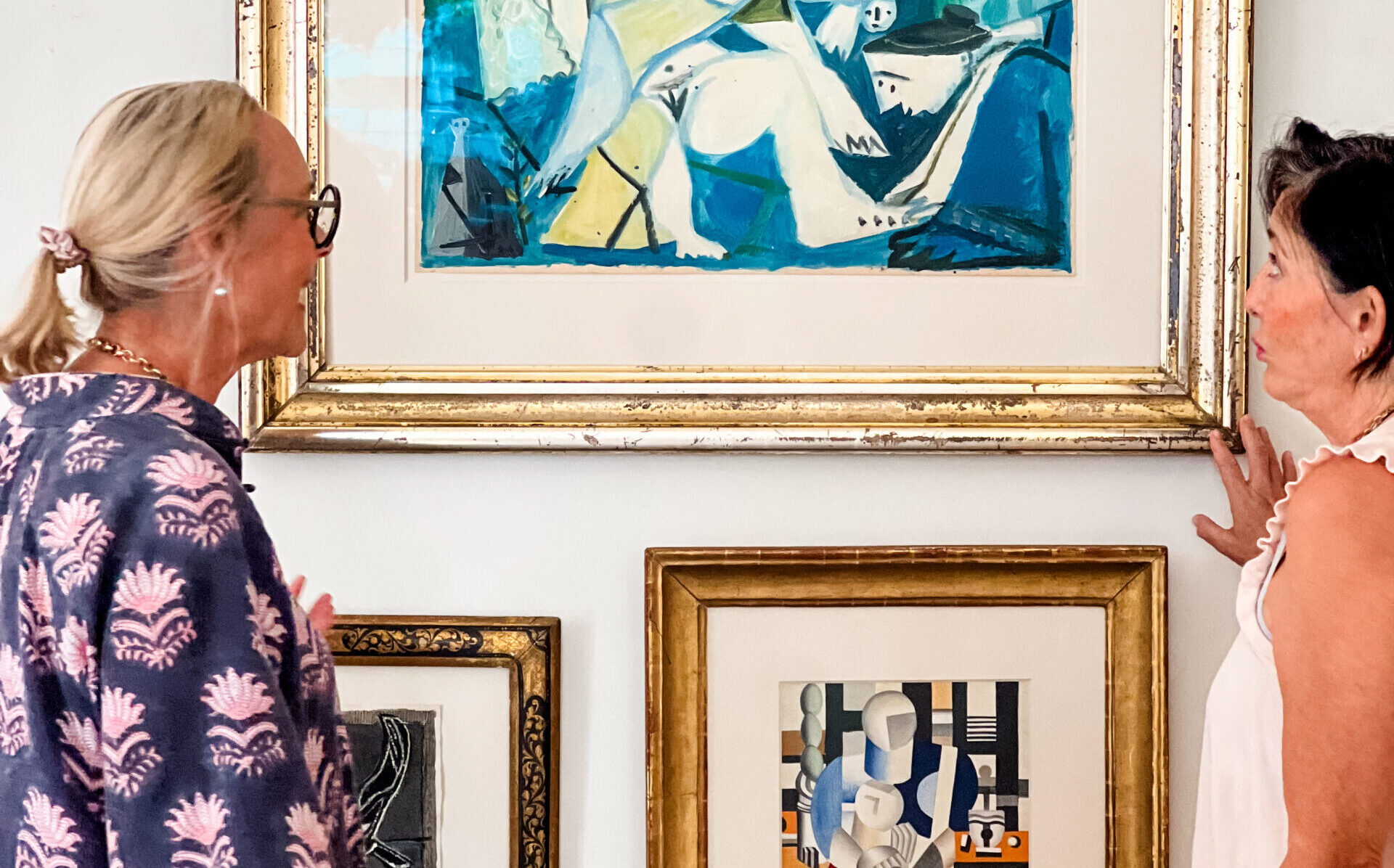
A beginner’s guide to collecting art
At some point in a person’s life, the desire might come along to replace that cheap framed poster or mass-produced print with an actual piece of art.
But what if you know nothing about buying an original painting or drawing? What makes a good one? And what’s a fair price? Taking the plunge on this particular rite of passage can seem both expensive and intimidating.
Local experts say it doesn’t have to be. Learning what kinds of art you like and where to source authentic works at a reasonable price in the Capital Region is easier than you think.
|
|
![]()
Window shopping
Finding your style
For “emerging collectors,” a great first step is to simply start paying attention, says Chelsea Norris, gallery director of Ann Connelly Fine Art.
“The thing I tell people the most is just to look, look, look,” Norris says. “The more you look, the more you can determine what you like and what you don’t like.”
Scroll social media to get acquainted with the works of regional artists, either by scanning the Instagram account of a particular local gallery or of the artists themselves. Or, stop by a gallery or museum to see what’s hanging.
Whether in person or online, just noticing art can help you determine if you like abstracts or realism, or if you’re drawn to landscapes, nature or figures.
Maybe you’re committed to paintings, or photography could be more your thing. And don’t rule out other subgenres like printmaking and fabric arts, which can introduce unexpected textures and colors to an interior.
![]()
Wonder walls
Building a collection
Don’t think a high-end gallery is the only way to see original works in person. Norris points out that greater Baton Rouge is filled with affordable shopping opportunities, including regional arts festivals and recurring events.
The Baton Rouge Arts Market, held on the first Saturday of every month in conjunction with the Red Stick Farmers Market, is an easy, relaxed space to peruse the works of multiple artists in one place.
Mid City’s annual spring festival Hot Art Cool Nights, returning May 9, sees more than 200 vendors setting up around Government Street—including regional artists selling prints and originals.

The LSU School of Art Market is a longstanding outlet for finding original works made by LSU School of Art students and faculty. The biannual bazaar features ceramics, sculpture, printmaking, photography, painting and other art forms.
“I still have a lot of things in my personal collection that I bought in the past from a School of Art sale,” Norris says.
Up-and-coming and established artists also show their works at the nonprofit Baton Rouge Gallery at BREC’s City-Brooks Community Park. Exhibits change monthly and include works by the gallery’s 75 artist-members from across south Louisiana.
BRG hosts free monthly opening receptions, which are intended to feel disarming and accessible, says President and CEO Jason Andreasen.
“Art is for everyone,” he says. “And there is usually a range of price points.”

Many galleries, including BRG, offer payment plans or virtual tools to help shoppers visualize a piece in their homes.
BRG has added more social events over the years, which, in turn, give local artists more exposure.
“The works at the gallery are, and have always been, for sale,” Andreasen says. “As audiences have grown and the number of artists involved with the gallery has grown, sales have grown, as well.”
Hang time
Framing as the finishing touch
Local frame shops and commercial galleries offer framing, which includes selecting a mat and frame, and sometimes a new piece of glass. Emerging collectors might pick up an unframed work from an artist, knowing they’ll need to get it framed.
Matting and framing options are endless, but a good frame shop will hold your hand.
“We try to be as friendly and as down-to-earth as we can,” says Marla Hoppenstedt, owner of Studio de Chene: The Framing Boutique.

Hoppenstedt says she usually starts by asking about the room where the work will be hung, which helps her narrow choices for color and style.
Framing can be simple, with white mats and trim black frames, or nearly as artistic as the work itself. Hoppenstedt might add hand-drawn “French lines” to mats that enhance a work’s hues, and offer custom decorative frames that introduce new textures and colors.
Museum-quality glass can also be used to reduce glare.
But it doesn’t have to be a break-the-bank proposition. The Perkins Road shop also sells high-quality finished frames that are easier on the wallet.
Collecting art isn’t just for the wealthy, Norris says.
“It’s a process,” Norris says. “And it’s really fun to do over a lifetime.”
This article was originally published in the May 2025 issue of 225 Magazine.
|
|
|
